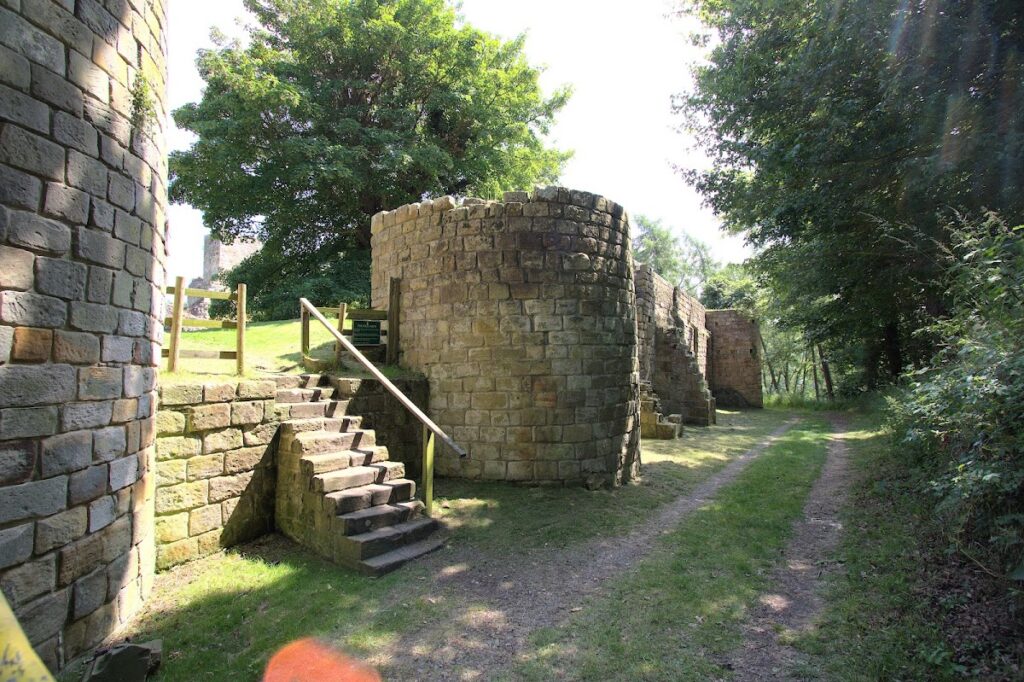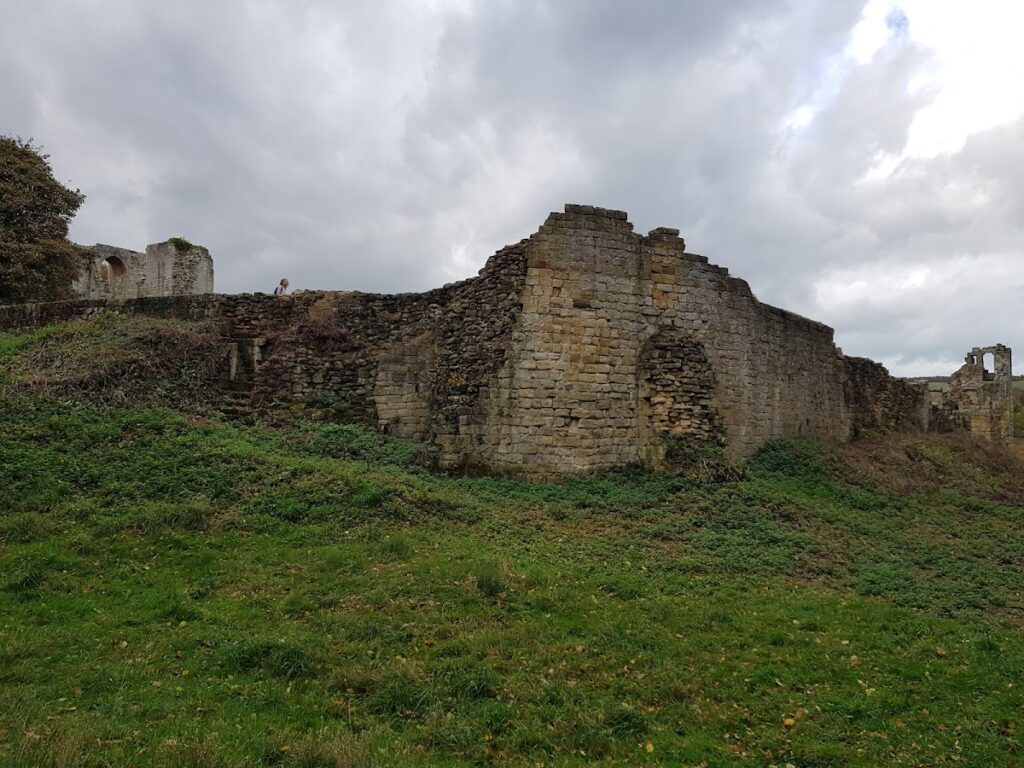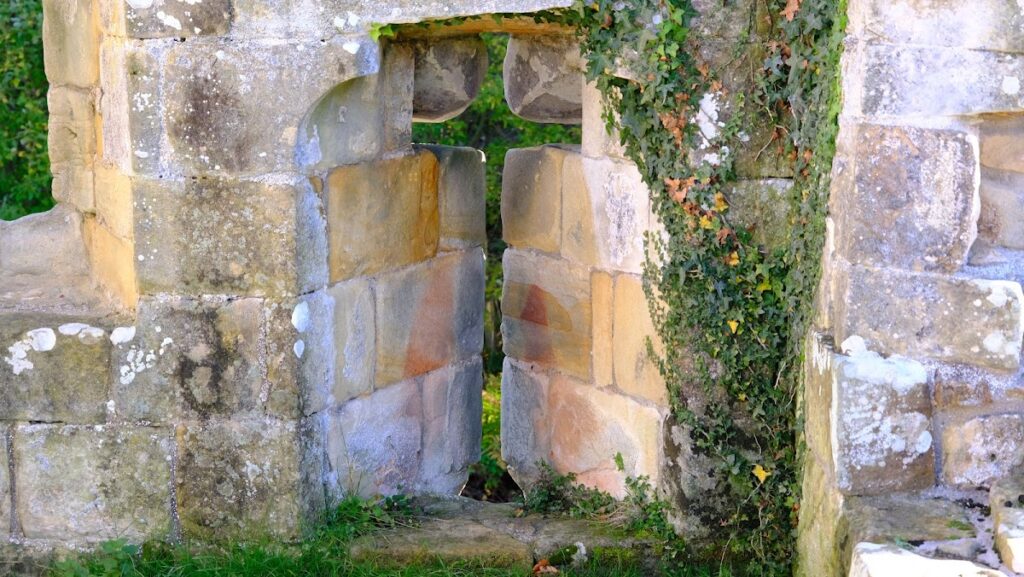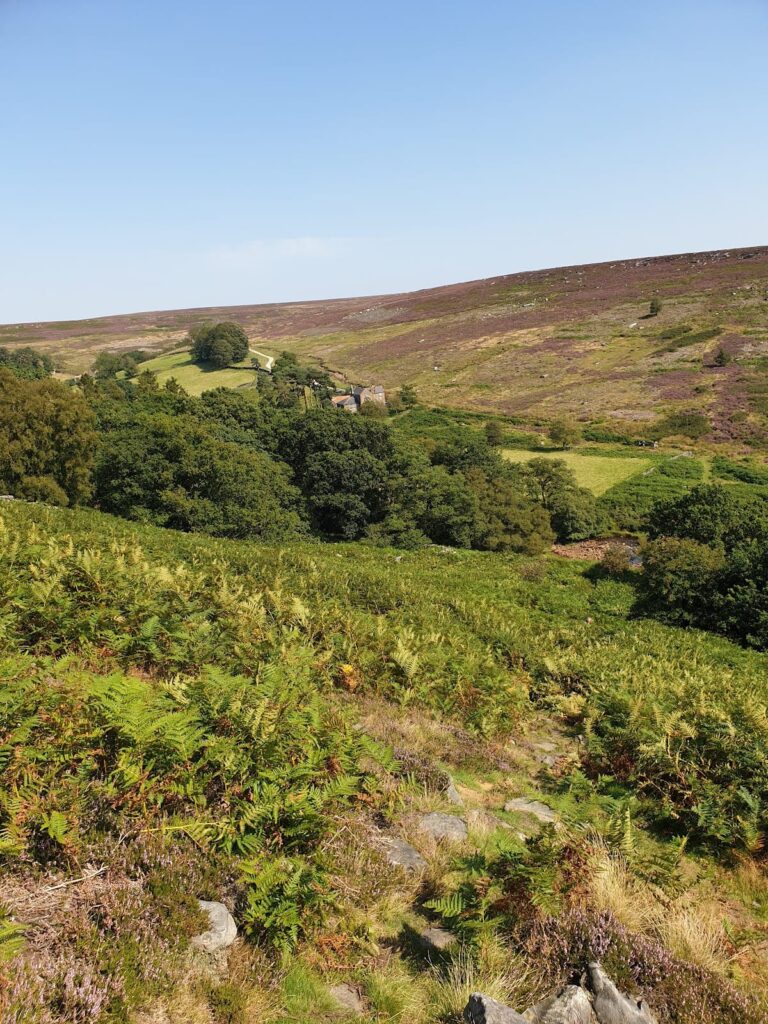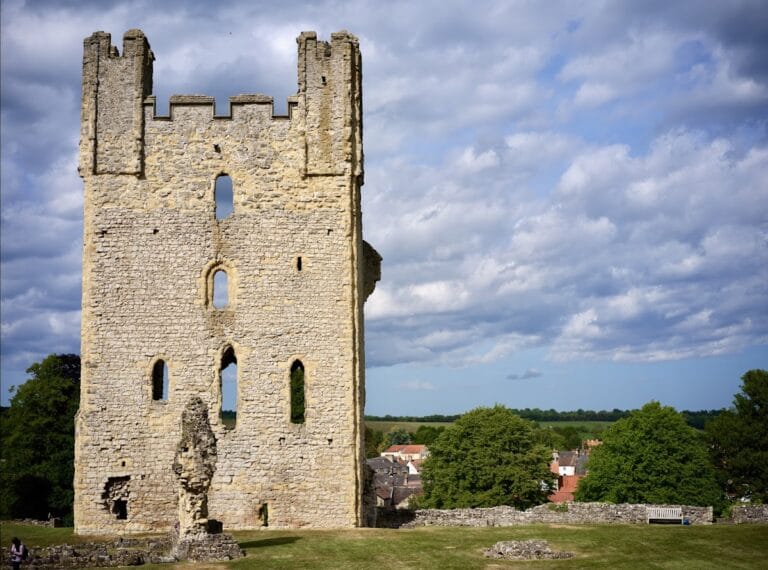Mulgrave Castle: A Historic English Estate Near Whitby
Visitor Information
Google Rating: 4.7
Popularity: Very Low
Google Maps: View on Google Maps
Country: United Kingdom
Civilization: Unclassified
Remains: Military
History
Mulgrave Castle is situated near Whitby in the United Kingdom and stands as a site shaped by centuries of English history. It represents a place where successive structures were erected, reflecting changing periods and rulers, from early legendary times through Norman England to the 18th century.
According to tradition, the earliest fortification on this site was established by Wada, a 6th-century ruler linked to Hälsingland and said in local legend to have been a giant. Wada was reputed to have constructed numerous castles and infrastructure across Yorkshire, linking this ancient castle to mythic origins. This earliest structure, whose exact form is not preserved in detail, laid the foundation for later fortifications.
The most historically documented castle was built following the Norman Conquest of England. Nigel Fossard, a Norman lord who held extensive lands recorded in the Domesday Book of 1086, is credited with establishing the second Mulgrave Castle as the administrative center—known as the caput—of the feudal barony of Mulgrave. By 1166, this barony included over thirty knight’s fees, a measurement of land sufficient to support a knight, demonstrating the estate’s considerable regional importance. Ownership of Mulgrave passed through several prominent noble families, moving via inheritance and marriage through the Fossard, de Turnham, de Mauley, Bigod, and Radcliffe families. Notably, Peter de Mauley, the first Baron Mauley, appears in history as a figure rewarded in the early 13th century, linked to the assassination of Prince Arthur.
During the English Civil War, Mulgrave Castle was held by Royalist forces, signifying its continued strategic value. In 1647, Parliamentary forces ordered the castle’s dismantling, likely employing gunpowder to demolish key structures and render it unusable for military purposes. This event marked the end of the medieval fortress phase of the site.
The third significant construction on the estate was an 18th-century castellated country house, erected under the direction of Lady Catherine Darnley, herself an illegitimate daughter of King James II. In 1718, this house and the estate passed to the Phipps family through marriage. The Phipps subsequently held noble titles including Baron Mulgrave, Earl of Mulgrave, and Marquess of Normanby. The estate also featured a summer house traditionally located where a 12th-century hermitage had been founded by the nobleman William de Percy, revealing the site’s enduring ties to religious establishments.
In 1858, the country house became notable for being leased by Duleep Singh, the last Maharajah of Punjab, reflecting the estate’s continuing prestige. As the 21st century began, the Phipps family maintained ownership, and the estate was known as one of England’s premier shooting grounds, with the country house used seasonally for residences connected to this activity.
Remains
The most extensively studied remains at Mulgrave concern the Norman castle constructed after the conquest. This fortress occupied an entire ridge top, using the natural landscape to enhance defense. The main gateway faced west and was flanked by two stone towers, providing a guarded entrance. On the eastern side, moats prevented access, adding another layer of security, while a drawbridge over the western approach could be raised to protect the castle from attack.
The curtain walls surrounding the castle exhibit a distinctive outward bulge caused by the uneven terrain beneath, which necessitated the addition of buttresses to strengthen them. This unevenness reflects the builders’ adaptation of construction techniques to local topography. Remarkably, some bricks in the castle walls were salvaged from Roman structures, demonstrating material reuse common in medieval construction practices.
Defensive ditches, better known as moats, encircled the castle, further securing it from assault. The overall layout clearly integrated the ridge’s shape, maximizing the site’s defensive potential. Although the physical remains today are fragmentary, these features mark the Norman castle’s footprint on the landscape.
A unique historical element connected to the castle is found in heraldry: the seal of Peter de Mauley, first Baron Mauley from 1296, depicts him mounted on horseback, wielding a sword and shield. His coat of arms is described as gold with a black diagonal stripe (bend) decorated with scrollwork—symbols once displayed prominently in the castle to indicate ownership and allegiance.
The 18th-century country house constructed by Lady Catherine Darnley displays castellations, battlement-like features that imitate medieval castle defenses but served ornamental and symbolic purposes in this period. While detailed architectural descriptions are limited, this building reflects the estate’s evolution into a country residence.
Within the grounds stands a summer house, situated traditionally on the spot where William de Percy established a hermitage in the mid-12th century. This connection to a religious dwelling exemplifies the layered usage of the site over centuries.
Today, the estate spans roughly 65 square kilometers (about 16,000 acres), regarded for its extensive shooting grounds. The country house remains the central residential building during the shooting season, continuing a long tradition of noble habitation and land use tied to both defense and leisure.

